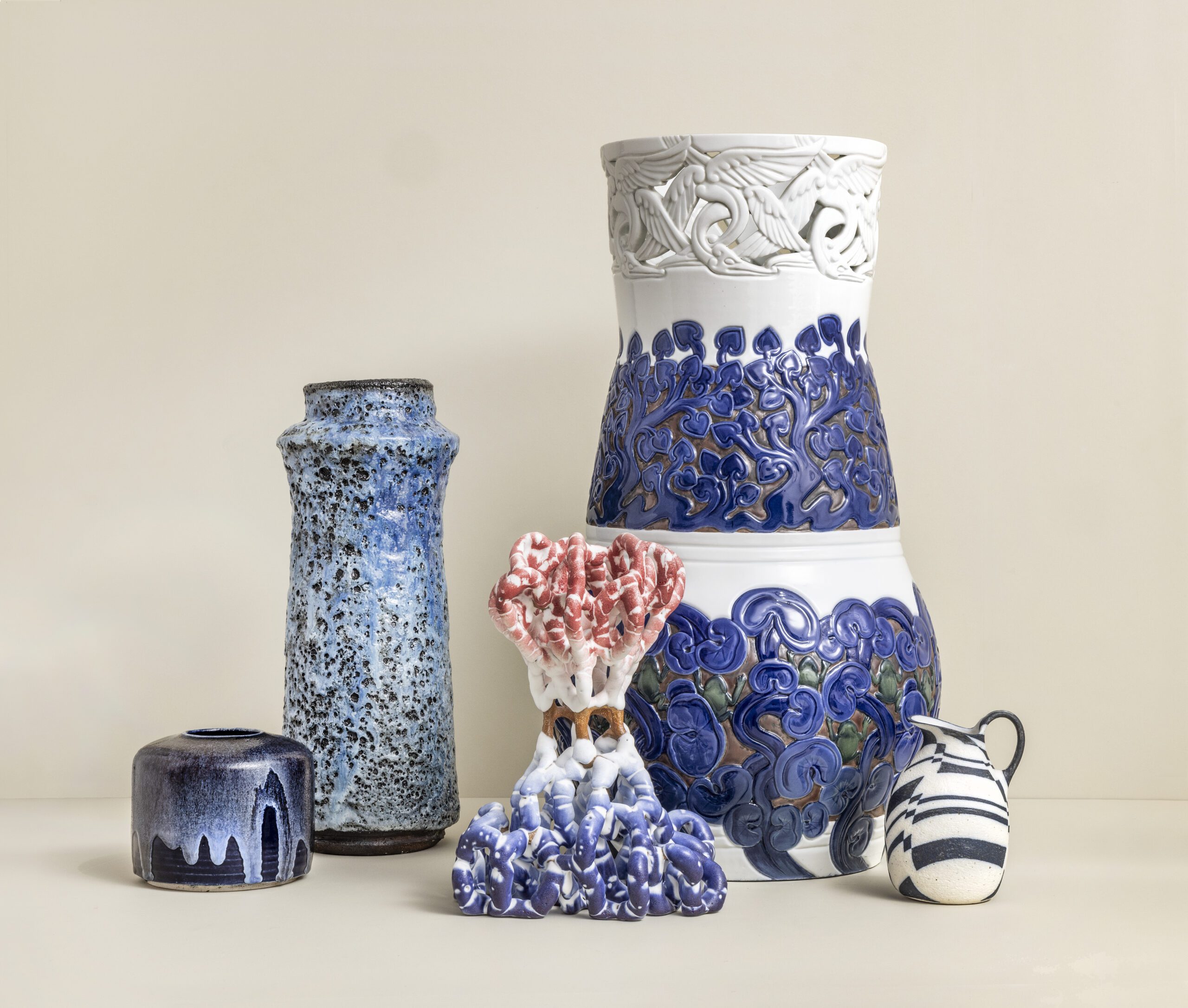What are your most recent acquisitions at CLAY?
Our three latest acquisitions include I morgen (Tomorrow) by ceramicist Camilla Thorup, purchased in connection with an exhibition at CLAY. Next is a jar by sculptor Bjørn Poulsen, acquired via a gallerist. And finally, a number of historical pieces from the Art Nouveau period, including porcelain works by Effie Hegermann-Lindencrone, acquired at auction.
How were these acquisitions financed?
They were funded entirely by private foundations and our museum’s friends association. As we are not a state-recognised museum, we do not receive public funding for acquisitions, unlike state or state-approved museums. This means we operate with a very limited acquisitions budget.
Who holds the mandate for acquisition decisions?
The museum director, in consultation with our curatorial team, makes the final decisions.
What guides your choice of works?
The museum is dedicated to ceramic art, craft, and design. We aim to ensure that our acquisitions reflect this focus and serve our mission. The works we acquire must contribute something not already represented in the collection or possess a historical relevance that supports our historical holdings. It is important to us that every piece we acquire is one we can envision exhibiting at the museum. That said, a work may be declined if its condition is too poor.
We primarily acquire ceramic works, but also collect related objects and works that connect to ceramics or to our historic collections from Royal Copenhagen and Bing & Grøndahl.
How do you prioritise among the many works available on the market?
We stay informed about the current Danish ceramics scene, individual ceramicists, emerging trends, and auctions of historical ceramics. In addition, we regularly receive proposals from ceramicists, gallerists, or private individuals wishing to donate works or collections. For example, in 2024 we received a significant donation of 19th-century porcelain from the Hempel Collection, which complements our historical holdings from Royal Copenhagen and B&G.
Behind the museum scene
When a craft artist or designer has their work included in a museum collection, it represents significant recognition. But who actually decides what belongs in a museum – and how does the process work? Formkraft takes a closer look at the selection processes at four Danish museums of craft and design.


